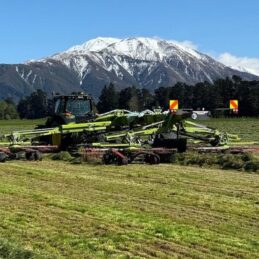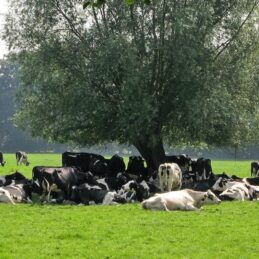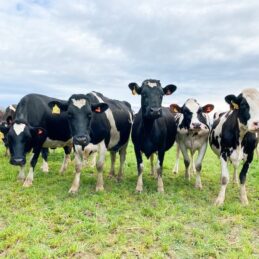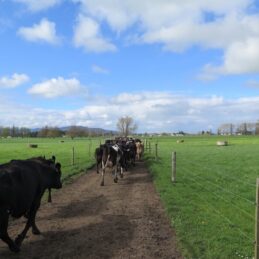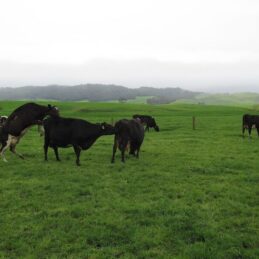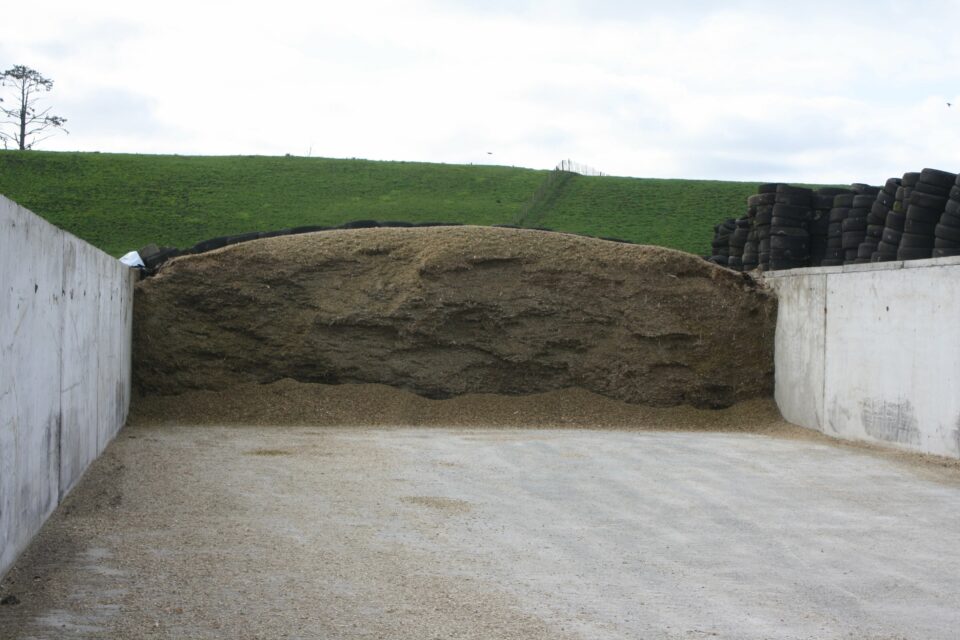
Forage

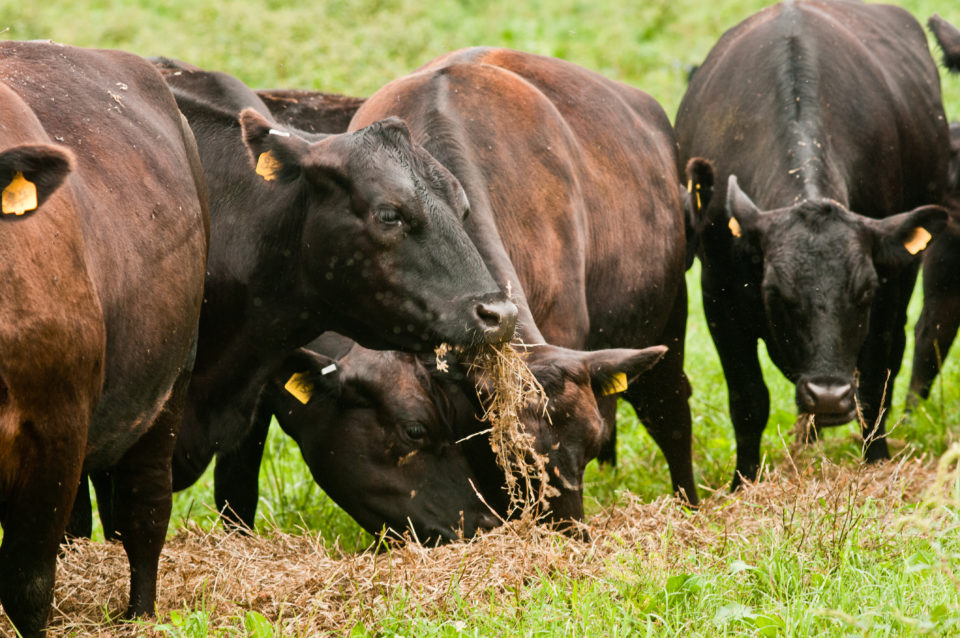
Making & Feeding Quality Forage – Return on Investment
It is important to include fixed (land, interest) and variable (seed, fertiliser, sprays) costs in growing and harvesting pasture or crops to properly evaluate cost benefits of using inoculants when preserving forages. Effective lactic acid producing inoculants have been demonstrated, in controlled trials, to reduce dry matter losses by 5->10%, under good ensiling conditions. Inoculant [...]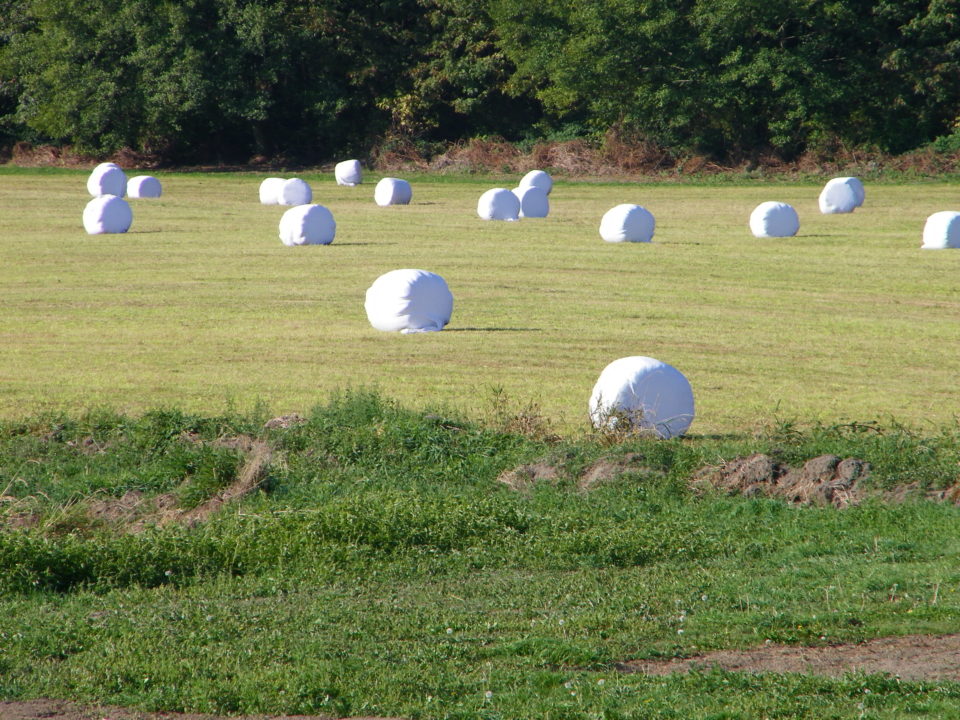
Making & Feeding Quality Forage – Tools
Last month’s article covered some key aspects of the ensiling process. This month will consider some tools to assist in ensuring the best possible preservation. Two of the key principles mentioned last month were, achieving the fastest fermentation to preserve as much forage as possible, and achieving anaerobic conditions by preventing oxygen leaking into the [...]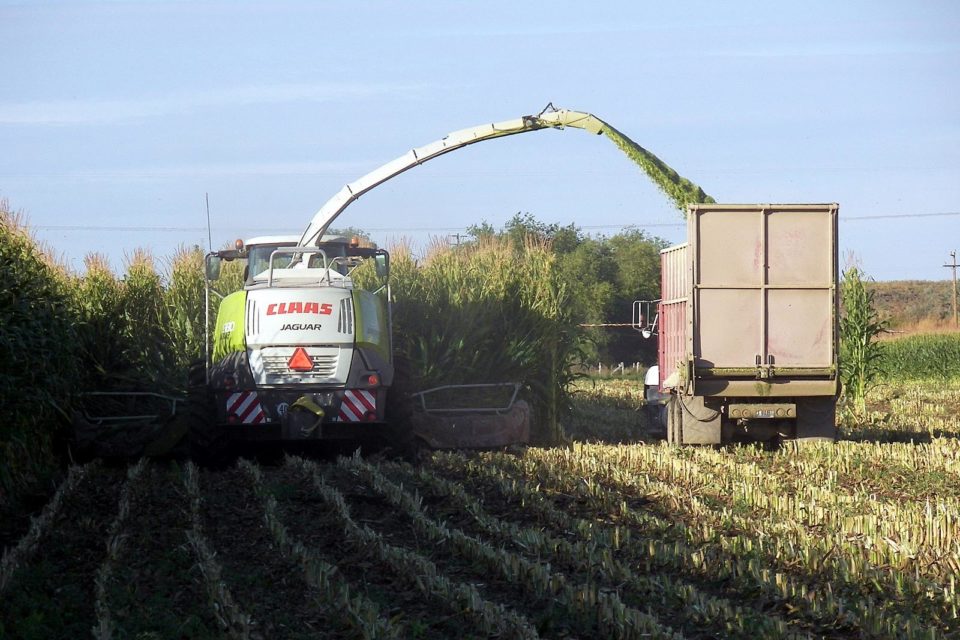
Making & Feeding Quality Forage – Principles
Maximising growth and utilisation of high quality home grown forages is a key component in driving dairy farm profitability, particularly with low milk prices. This includes both grazed and conserved pastures and crops, as dairy farmers will need to feed both to match forage supply with herd requirements. This is the first in a series [...]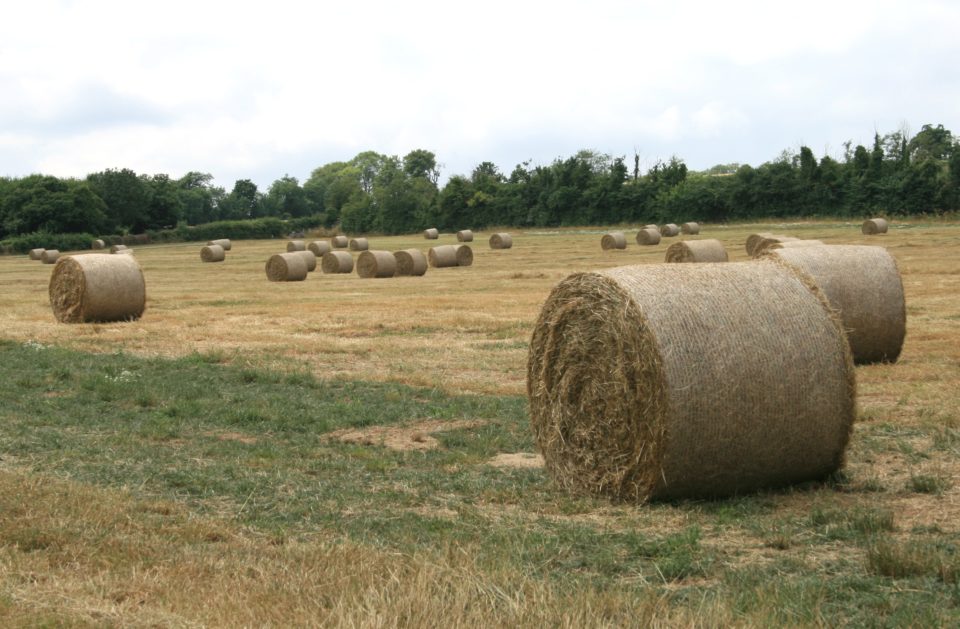
The Key to Maximizing Profit: Quality Silage
Making high quality silage is about achieving the twin goals of rapid, efficient front-end fermentation and back-end stability during storage and feedout. Even in the best situations, there are likely to be challenges simply due to variability in the crop or weather variations during harvest. However, focusing on good management practices, including selecting the right [...]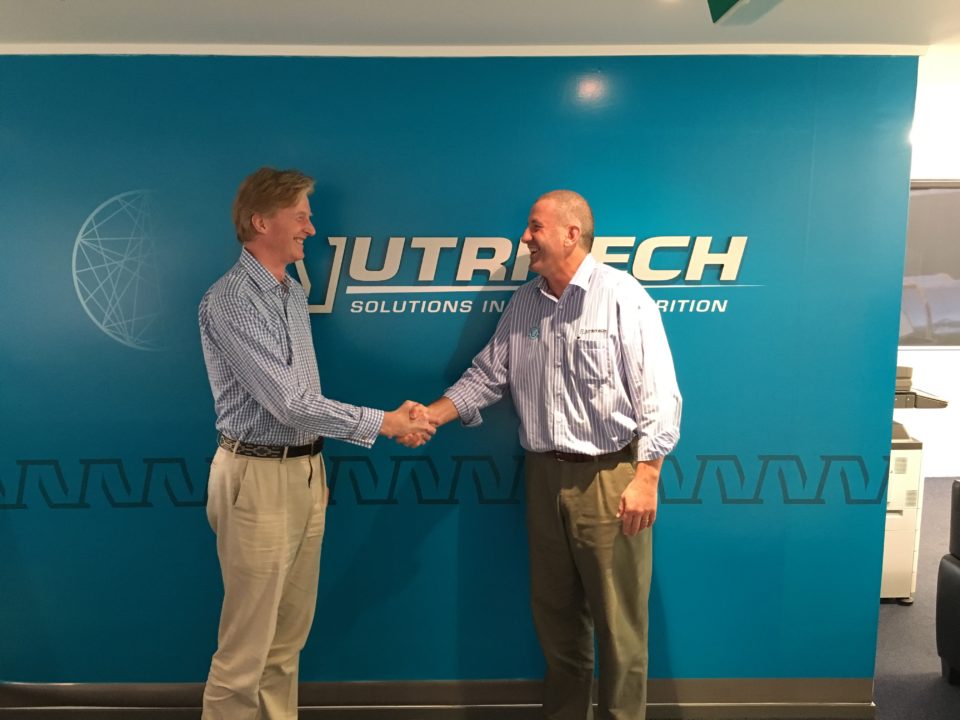
Merger Revamps NZ Silage and Animal Nutrition Markets
The merger of two leading forage technology and animal nutrition businesses will create opportunities that can benefit New Zealand contractors and farmers, say the companies' directors. Nutritech International and Lallemand NZ Ltd (trading as Vitec Nutrition) have combined their businesses to create the country's largest supplier of animal supplements and forage technologies. The merged business [...]
Inoculants Help Achieve Maximum Use of Home Grown Forages
It is important to maximise growth, conservation and utilisation of home grown feeds, as farm overhead and running costs attributed to them cannot be avoided. Repeated dairy industry surveys and competitions (Dairy Business of the Year) have highlighted this as a major driver of farm profitability irrespective of farm system (1-5). This is even more [...]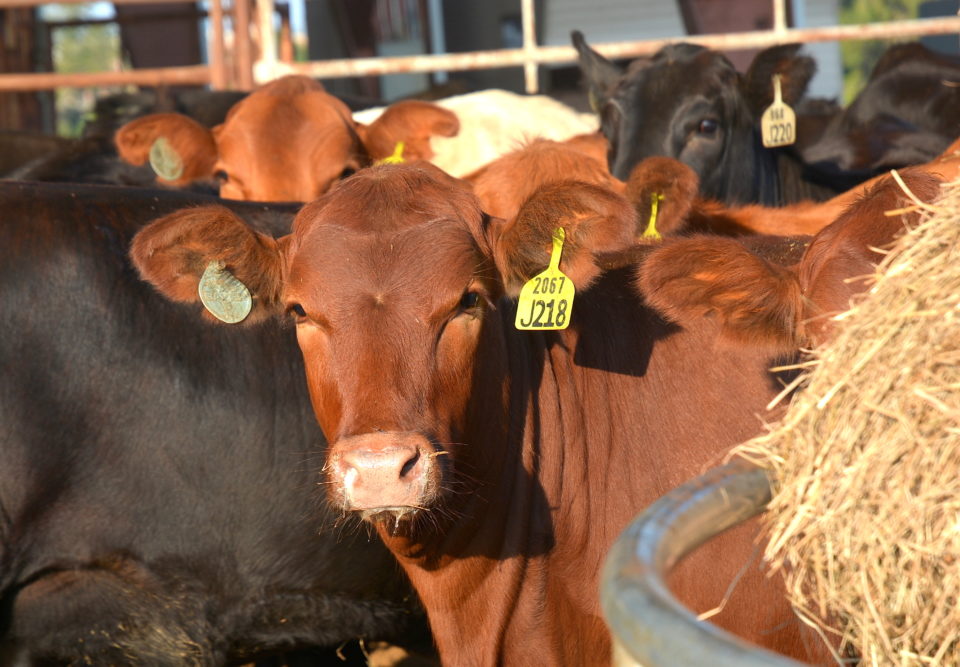
Mineral Types and Availability
There appears to be some confusion regarding the types of minerals, their availability and factors affecting it. Minerals are usually referred to as being in the inorganic or organic forms, which refers to whether they are bound to inorganic (e.g. chlorides, oxides, sulphates) or organic (contain carbon e.g. amino acids, peptides) elements or compounds. The [...]
Interpreting Silage Analyses
Fermentation analyses on silage reports are important for assessing silage quality, and provide clues about the silage making process and factors that influenced the quality of the silage such as: plant maturity, crop moisture, ambient temperature, packing effectiveness, silage additive use, face management, relative numbers and kind of microorganisms that control the fermentation process. Silage [...]

